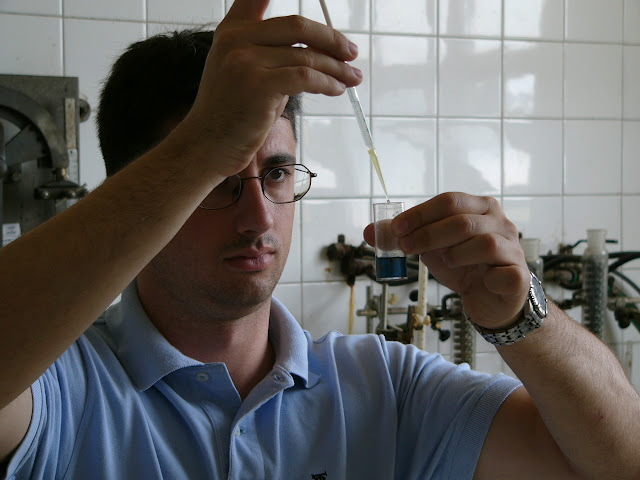With the world’s current demands and advancements, scientists continue to work on discovering things to improve people’s quality of life.
Since then, they have resorted to imaging techniques in hopes of seeing things that are unable to be reached by the naked eye. One imaging technique is chemical imaging, which is used to understand complicated chemical structures and processes.What is Chemical Imaging?
To simply put it, chemical imaging is coming up with a visual image of how a chemical sample looks.It aims to view the sample’s dynamics, composition, and structure. It targets to have a foundational understanding of chemicals using space and time. When the understanding is acquired, scientists will utilize knowledge to create desired structures and control processes.
Many might not know that it contributed to understanding diseases like Alzheimer’s. It helped develop materials in electronics that offer noninvasive ways of diagnosing the said disease. Please continue reading to know more about chemical imaging system: where it is applied, how it is of benefit, and how it works.
What Is It Used For?
Ultimately, chemical imaging is used in evaluating the quality, identity, and quantity of ingredients in a sample. For example, it helps determine excipients in dosage forms, biological samples, packaging, and devices in the pharmaceutical industry. It also specifically helps in characterizing tablet formulations.Chemical imaging can detect contaminations brought by foreign particles on medical and manufacturing devices. In manufacturing, it can aid in examining the materials used in packaging and discovering physical defects, if there are any.
How It Helps
What’s good about chemical imaging is that it does not solely benefit chemical science experts but also other areas.On Biological Activities
Chemical imaging has made significant contributions to understanding protein folding and cell functions. This imaging technique obtains data despite the dynamics and complexity of biological processes.Drugs And Medicinal Area
Developing medicines to treat different diseases have improved throughout the years.But developing a deep understanding of how medicines interact with the patients remains difficult to achieve. A good example is how anesthesia works in the body. With chemical imaging, experts can understand how it works, focusing on the processes in molecule-to-molecule interactions.
Security Of the Country
Chemical imaging can also do its work for national security. It specifically helps by being an instrument to detect possible threats in real-time. Threats include nuclear, biological, and chemical warnings that could put the country in danger.It also can sense threats even at a distance. This way can help mitigate the effects of a possible disaster on populations and assets affected.
Materials
It is common for imaging to be used for the assessment of materials. It seeks to check for cracks and other defective material signs, potentially leading to failure. Also, chemical imaging can improve novel materials by testing, designing, and altering them.How It Works
So, how is a chemical image produced? The process is easy.Space, time, chemical species, and wavelength are being measured. Information is acquired from the sample’s surface. It is for the chemical components to be quantified and identified, and their distribution can be seen.
To better understand the processes of chemical imaging, here are some of its techniques:
- Optical Techniques- In optical imaging, samples are tested using low-energy resonance. Generally, they are not destructive, making it possible to be performed in the body or any living organisms.
- Xrays and Electron Microscopy- This technique uses high-energy radiation to correspond to samples. The radiation is smaller than visible light, giving high-resolution structural and chemical data below material surfaces. Also, It is possible to look at molecular and atomic structures of materials and objects with X-rays.
- Probe Microscopes- Small probes are used to see samples in this technique. It records images of samples and allows the performance of close experiments. It was developed with a high spatial resolution.
These techniques vary in their capability to go through depths and capture time scales.
Final Thoughts
In the current age, people continuously advocate for development and breakthroughs. With chemical imaging, important things that will help us conquer the adversities of science are discovered.Ultimately in imaging, the goal is to find answers to hard questions, especially about complex environments relating to science. It has played a vital role in attending to people’s needs and living standards.

No comments:
Post a Comment